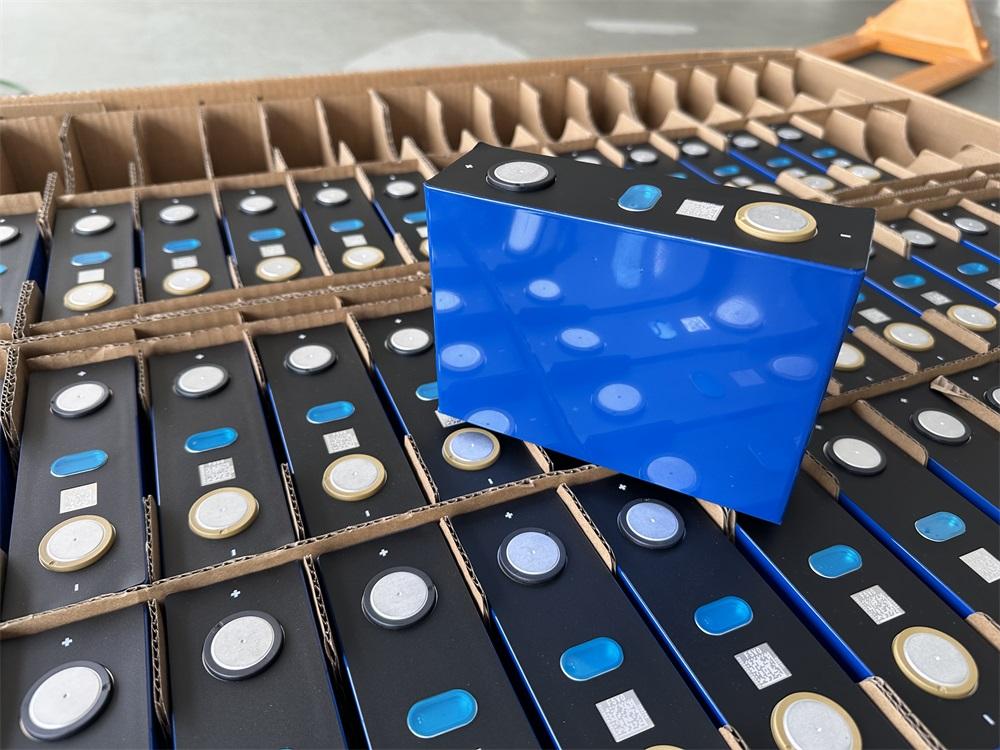
LiFePO4 (Lithium Iron Phosphate) batteries are gaining widespread popularity due to their high energy density, long cycle life, and ability to deliver high discharge rates without compromising performance. However, like all batteries, they require appropriate care to ensure peak performance and extended lifespan. This article provides practical tips and best practices for maintaining your LiFePO4 battery.
LiFePO4 is a type of lithium-ion rechargeable battery that uses lithium iron phosphate as the cathode material. These batteries are known for their high energy density, meaning they can store more energy per unit weight compared to many other battery types. Additionally, they offer a long service life, enhanced safety features, and a lower environmental impact.
LiFePO4 batteries offer several benefits over other battery technologies, including:
- High energy density
- Long cycle life (up to 2000 charge-discharge cycles)
- High discharge rate capability
- Low self-discharge rate
- Enhanced safety and eco-friendliness
To maximize the performance and lifespan of your LiFePO4 battery, follow these guidelines:
Charging
Always use a charger specifically designed for LiFePO4 batteries. Using a charger intended for other lithium-ion or lead-acid batteries may cause damage.
Avoid overcharging. Charge the battery at a moderate rate and disconnect it once fully charged to prevent overheating and reduced longevity.
Discharging
Do not fully discharge the battery. For optimal performance and cycle life, maintain the battery charge between 20% and 80%. Deep discharges can cause irreversible damage.
Storage
Store the battery in a cool, dry place away from direct sunlight or high-temperature environments.
For extended storage, charge the battery to approximately 50% and recharge it every few months to avoid excessive voltage drop.
Temperature
LiFePO4 batteries operate most efficiently between 20°C and 25°C. Exposure to extreme cold or heat (below 0°C or above 60°C) can cause permanent damage and shorten lifespan.
Cleaning
Keep the battery terminals clean using a soft, dry cloth or brush. Avoid harsh chemicals or abrasive tools that may cause damage.
- Using an incompatible charger
- Overcharging the battery
- Fully discharging the battery
- Storing in high-temperature or sunny locations
- Exposing to extreme temperatures
- Using corrosive cleaners on terminals
Proper maintenance is key to getting the most out of your LiFePO4 battery. By following these guidelines, you can enhance its performance, extend its life, and avoid common pitfalls that lead to premature failure.
Q: Can I use a regular lithium-ion charger for a LiFePO4 battery?
A: No. Always use a charger designed specifically for LiFePO4 chemistry to prevent damage.
Q: How often should I charge my LiFePO4 battery?
A: Charge when the capacity drops to between 20% and 80% for best results.
Q: Can I store my LiFePO4 battery long-term?
A: Yes. Store it at around 50% charge in a cool, dry place and recharge periodically.
Q: Is it safe to clean the battery with alcohol or solvents?
A: No. Use a dry or slightly damp soft cloth. Avoid chemicals.
Q: Does temperature affect LiFePO4 battery performance?
A: Yes. Extreme temperatures can significantly reduce performance and lifespan. Ideal operating conditions are between 20°C and 25°C.
Next:None
Previous:CATL Unveils Shenxing Pro LFP Battery: Europe's Premier E-Mobility Solution at IAA Mobility 2025